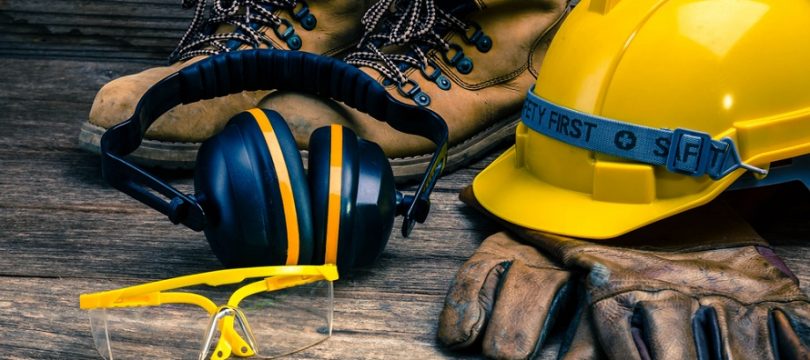
You may be aware of Maslow’s hierarchy of needs model which looks at the degree to which we are motivated by security needs vs. self-actualisation. I am a passionate believer that organisations perform at their best when they have a culture driven by self-actualising rather than security. This applies no more importantly than in the area of well-being.
Over the course of hundreds of years we have seen an improvement in workplace conditions as our economy evolves and society as a whole in the western world moves from security to self-actualisation. What used to be an accepted fact that people would die in the work place has now become intolerable. However we are yet to achieve the ultimate goal of zero harm. Whilst the frequency of fatalities and injuries have significantly improved we have yet got to the point where people don’t get hurt at work.
There are usually a whole range of reasons as to why people get hurt but time and time again you hear people say it was individual decision that caused the injury. However one rarely goes out to hurt themselves consciously or intentionally. Rather what tends to happen is that when most of us are at work we are on auto pilot. Our subconscious is in charge and is driving the ship.
The challenge here is that for companies to achieve zero harm they need to look at how they retrain the subconscious. This has a number of elements from my perspective:
- Building up the self-esteem of our people so they value their own well-being and the well-being of others. Unfortunately what tends to go with low self-esteem is destructive behaviours. Example being cutting corners to meet production targets, or keeping project on schedule because we don’t want to look bad that we haven’t achieved our targets. Our need for approval and fear of failure means we put our own wellbeing and that of others at risk. Sub-consciously people want to please and hit their performance targets, so anything you do to re-enforce this message will encourage them to cut corners. What you say at the safety toolbox meeting will lose its effect.
- Raising the level of consciousness and mindfulness within the organisation so that people both concentrate and focus on hazards and risks. This requires clarity of thought and a focus on what is important so that people are not stressed, distracted by white noise, or confused as to what is expected off them. People need a clear set of priorities, a planned work environment, and a clear set of performance metrics so that they can concentrate and focus on what they need to do and ensure they do the job safely. Politics, white noise, distractions, bureaucracy, individual ambitions, individual insecurities and poor leadership all create obstacles to focus, clarity, consciousness and mindfulness. To use a football analogy as a leader – ‘what you do when you don’t have the footy is more important than what you do when you have the footy’. In other words how you lead in general aspects is more important in re-enforcing wellbeing than what you do when you are directly engaged in a discussion about safety.
- Embedding leaders who have a genuine concern for their people and are passionate about the employees well-being. Not just their physical safety, but the emotional, spiritual and long term health of an employee. Just because stress or insecurity doesn’t result in an immediate injury, it is still the same intent as a leader to care for their emotional health as it is their physical health. If you are just concerned about them getting injured then chances are you are motivated only by keeping your stats down and looking good in the eyes of superiors and you are not genuinely concerned about them as people. Sub-consciously people know you don’t care, and you can’t put on an act by saying the right things. Losing your cool or driving hard deadlines to protect your own status is not genuine concern for well-being.
What can you do as a leader?
- Build up your teams self-esteem. To use another footy analogy you have got to back them in and give them time to build up confidence. It takes a long time to build up peoples self-belief, and can be torn down quickly if you panic or react due to your own insecurities. You need to be courageous, supportive, patient, persistence and accept failure from time to time.
- Change your language from ‘Safety’ to ‘Well-being’. Talk about people’s health, spirituality, emotional well-being and look at policies which promote this.
- Use safety stats as a confirmation and feedback, not as whether or not it makes you look good or bad.
- Love your people as if they were your own children. If you are not that into people and don’t really care that much, then what are you doing pursing a leadership role?
- You need to have the guts to make the tough decisions on those who are having a destructive impact on the teams culture. Unfortunately those with lower self-esteem and lower insecurities take a lot longer to coach up to the self-actualising space and will hold others back in your team. These are the guys who are passive and not really on board but lay low, those who just want to be negative and find faults, those who feel comfort in hiding behind procedures and compliance, and those are driven by ego and approval. You need to make a decision on how long it will take to coach these guys as they are placing the well-being of others at risk. Genuine concern is not about avoiding your own fears to challenge and make tough decisions.



